Exterior wall claddings
Exterior wall cladding is a rather complicated process, as a result of which the building you renovate becomes more resistant and has a pleasant external appearance.
At first glance, choosing the type of natural stone that you will use for your external finishes is not difficult. However, it is important to keep in mind that the success of external finishing works also largely depends on the team of professionals who will carry them out.
One of the most important steps to be taken before cladding is surface preparation, which in turn includes insulating membranes, quality adhesives, and adequate workmanship.
Our specialists from Art-Granit will advise and help you with solutions for facing of stairs or outdoor paving.
Natural stone countertops – only at Art-Granit.
Specifications
| Scratch resistance | 7 - 7.5 |
| Porosity | Slightly porous |
| Natural fractures and cracks | There are few |
| Melting point | 1215 – 1260° C |
| Combination | Slightly visible |
| Dimensions of the plate | 2500*700 ; 3000*900 ; 3000*1900; |
| Available thicknesses, mm | 20; 30; |
Pros / Cons for
- Is resistant to wear and tear and scratching.
- Is water resistant.
- Resistant to high temperatures and freezing.
- Allows for invisible linkages.
- Is available in a wide range of unique colors.
- Is available in 2 cm or 3 cm thickness.
- Demonstrates high hardness.
- Has high weight, which must be propped by a solid support.
- For unique models, in case of cracking and spoiling of a portion, the substitution of the deficient portion is difficult.
- Shows high strength and stability of internal structure.
- Resistant to high temperatures and freezing.
- Is highly resistant to humidity.
- Is resistant to deep abrasions.
- Is resistant to UV rays.
- Available in 6, 12, 20, 30 mm thickness. The 20 and 30 mm confer a higher resistance to shocks.
- Is hard to process.
- Entails high costs.










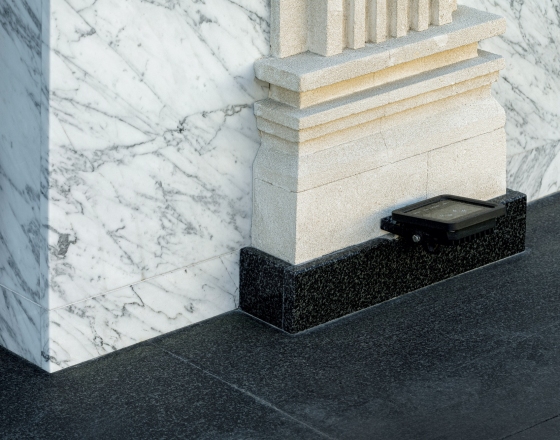


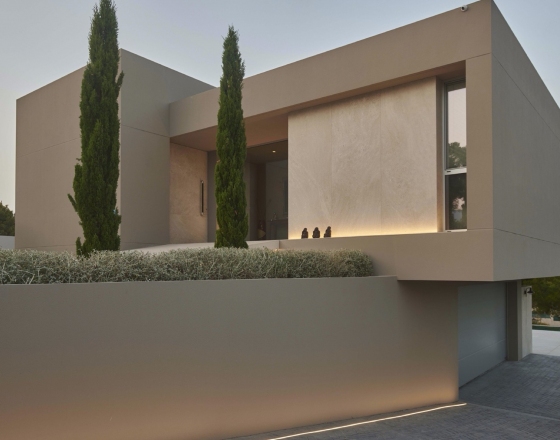
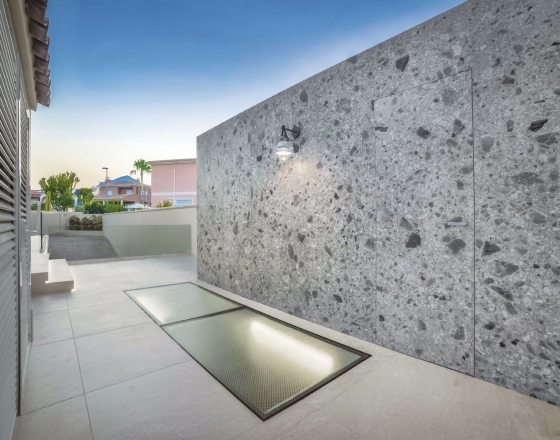
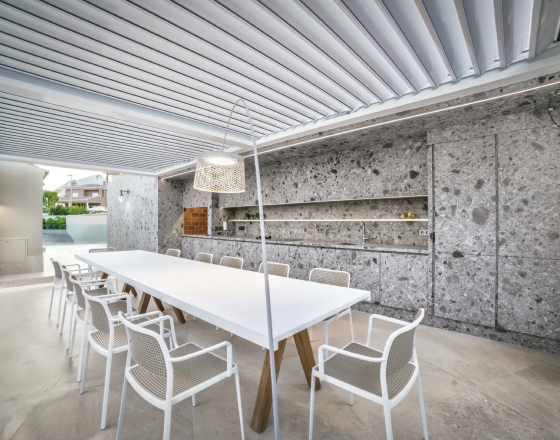
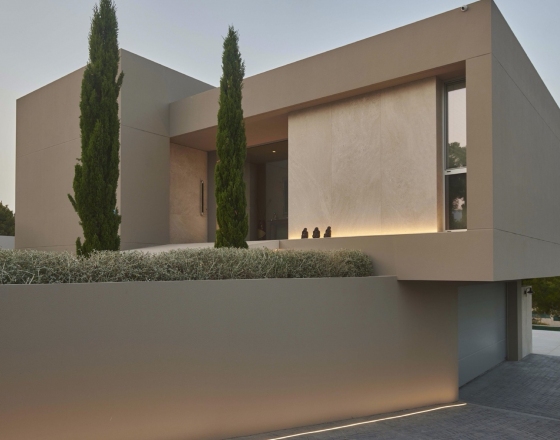
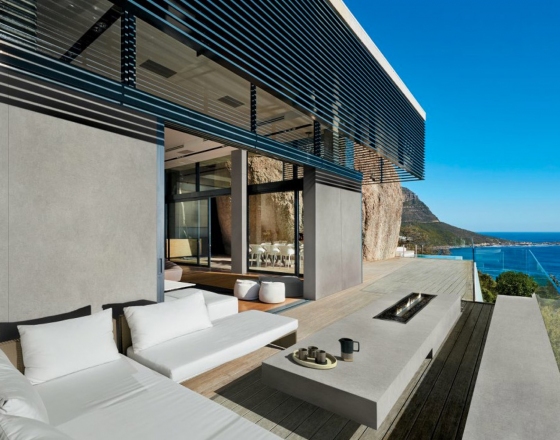
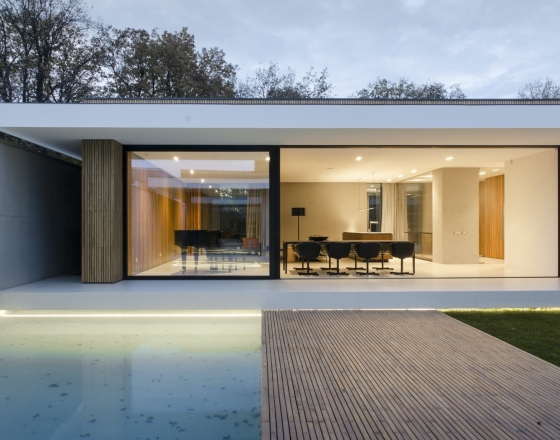




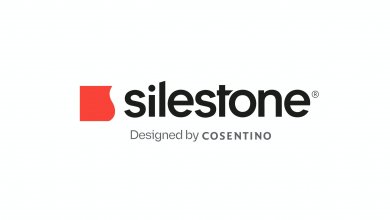

 Elaborarea siteului - ilab.ro
Elaborarea siteului - ilab.ro

